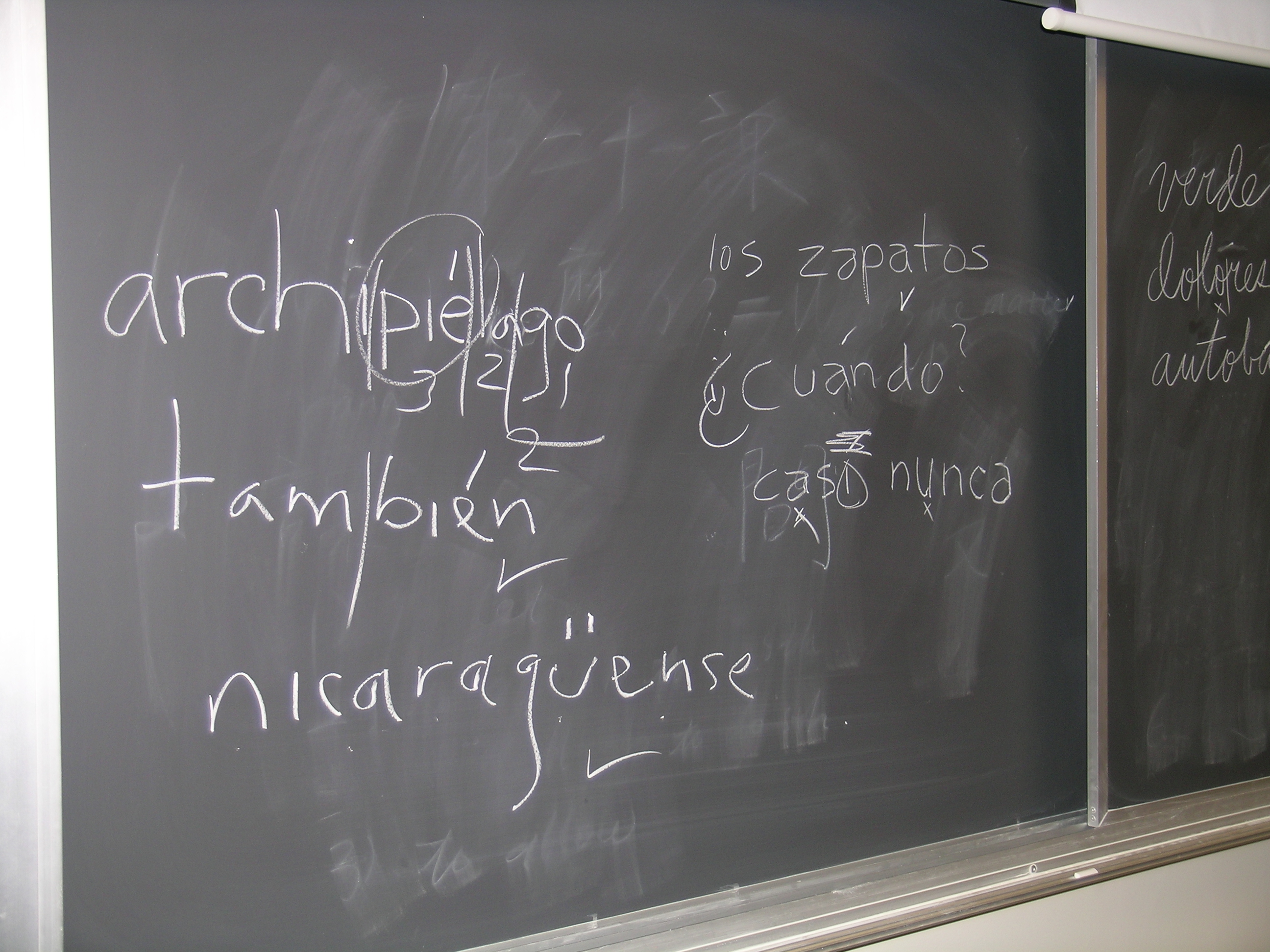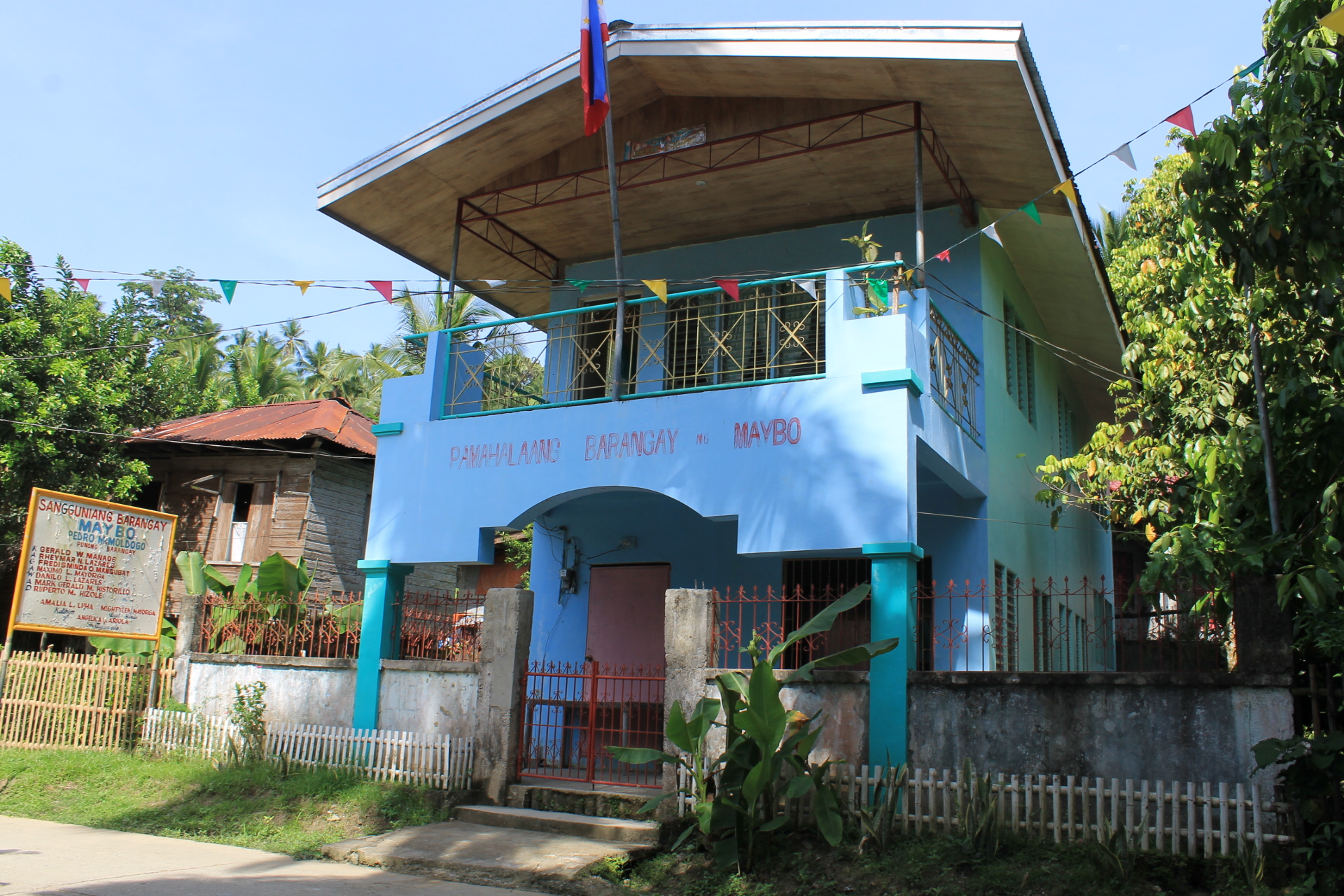|
Apo Macote
Apo Macote is a rural barangay in the Basakan District of Malaybalay City, in the province of Bukidnon, Philippines. It is the southernmost barangay of Malaybalay. According to the 2015 census, Apo Macote has a population of 4,903 people. Profile Apo Macote is located in the southern part of Malaybalay bounded to the north by Sinanglanan, to the east by Malayanan of the municipality of San Fernando, to the south by the Pulangi River which separates Apo Macote from Lumbayao, Sinabuagan, and San Isidro of Valencia City, and to the west by Santo Niño and Nabag-o. It is generally flat around the village proper and hilly along the eastern part. Most of the land is dedicated to agriculture, where rice is a major crop. Other crops include spices and vegetables. There is also a small grape farm in the village. A small fraction of its territory is forested which is maintained by the Department of Environment and Natural Resources under the Integrated Special Forest Management Program ... [...More Info...] [...Related Items...] OR: [Wikipedia] [Google] [Baidu] |
District
A district is a type of administrative division that in some countries is managed by the local government. Across the world, areas known as "districts" vary greatly in size, spanning regions or county, counties, several municipality, municipalities, subdivisions of municipalities, school district, or political district. Etymology The word "district" in English is a Loanword, loan word from French language, French. It comes from Medieval Latin districtus–"exercising of justice, restraining of offenders". The earliest known English-language usage dates to 1611, in the work of lexicographer Randle Cotgrave. By country or territory Afghanistan In Afghanistan, a district (Persian language, Persian ) is a subdivision of a province. There are almost 400 districts in the country. Australia Electoral districts are used in state elections. Districts were also used in several states as cadastral units for land titles. Some were used as squatting districts. Cadastral divi ... [...More Info...] [...Related Items...] OR: [Wikipedia] [Google] [Baidu] |
Barangay
The barangay (; abbreviated as Brgy. or Bgy.), historically referred to as ''barrio'', is the smallest Administrative divisions of the Philippines, administrative division in the Philippines. Named after the Precolonial barangay, precolonial polities of the same name, modern barangays are political subdivisions of cities and municipalities which are analogous to Village#Philippines, villages, districts, neighborhoods, suburbs, or boroughs. The word ''barangay'' originated from ''balangay'', a type of boat used by a group of Austronesian peoples when they migrated to the Philippines. All Municipalities of the Philippines, municipalities and Cities of the Philippines, cities in the Philippines are politically subdivided into barangays, with the exception of the municipalities of Adams, Ilocos Norte, Adams in Ilocos Norte and Kalayaan, Palawan, Kalayaan in Palawan, each containing a single barangay. Barangays are sometimes informally subdivided into smaller areas called ''purok'' ( ... [...More Info...] [...Related Items...] OR: [Wikipedia] [Google] [Baidu] |
Spanish Orthography
Spanish orthography is the orthography used in the Spanish language. The alphabet uses the Latin script. The spelling is fairly phonemic orthography, phonemic, especially in comparison to more opaque orthographies like English orthography, English, having a relatively consistent mapping of graphemes to phonemes; in other words, the pronunciation of a given Spanish-language word can largely be predicted from its spelling and to a slightly lesser extent vice versa. Spanish punctuation uniquely includes the use of inverted question and exclamation marks: . Spanish uses capital letters much less often than English; they are not used on adjectives derived from proper nouns (e.g. ''francés'', ''español'', ''portugués'' from ''Francia'', ''España'', and ''Portugal'', respectively) and book titles capitalize only the first word (e.g. ''The Revolt of the Masses, La rebelión de las masas''). Spanish uses only the acute accent over any vowel: . This accent is used to mark the tonic ... [...More Info...] [...Related Items...] OR: [Wikipedia] [Google] [Baidu] |
Department Of Environment And Natural Resources
The Department of Environment and Natural Resources (DENR; ) is the Executive Departments of the Philippines, executive department of the Philippine government responsible for the conservation, management, development, and proper use of the country’s environment in natural resources, specifically forest and grazing lands, mineral resources, including those in reservation and watershed areas, and lands of the public domain, as well as the licensing and regulation of all natural resources as may be provided for by law in order to ensure equitable sharing of the benefits derived therefrom for the welfare of the present and future generations of Filipinos. History The Department of Environment and Natural Resources was first established on January 1, 1916, as the Department of Agriculture (Philippines), Department of Agriculture and Natural Resources (DANR) through the enactment of Act No. 2666 by the Philippine Commission, otherwise known as "An Act to Re-organize the Executive D ... [...More Info...] [...Related Items...] OR: [Wikipedia] [Google] [Baidu] |
Valencia City, Bukidnon
Valencia, officially the City of Valencia, is a component city in the province of Bukidnon, Philippines. According to the 2020 census, it has a population of 216,546 people. The city is applying for a Highly Urbanized City (HUC). Valencia attained its city status after the ratification of Republic Act No. 8985 on January 12, 2001. The city is the most populous among all cities and municipalities, and the 6th largest in terms of area in the province of Bukidnon. It is also the most populous inland/landlocked city in Mindanao. It is the third largest city in Northern Mindanao in terms of population, after Cagayan de Oro and Iligan respectively. The city serves as the center of trade and commerce in the province of Bukidnon. History Origins The territory that now comprises the city of Valencia is combined from thirteen barangays of Malaybalay. The earliest inhabitants in the area, presently comprising part of the Poblacion, were Bukidnon natives who founded a settlement a ... [...More Info...] [...Related Items...] OR: [Wikipedia] [Google] [Baidu] |
Pulangi River
The Pulangi River ( Cebuano pronunciation IPA uˈlaŋi; (), also spelled Pulangui, is one of the major tributaries of the Rio Grande de Mindanao, an extensive river system in Mindanao, Philippines. With a length of , it is the longest river in Bukidnon and the 5th longest river in the Philippines. It traverses through majority of the cities and municipalities of Bukidnon from its source in Barangay Kalabugao, Impasugong, Bukidnon. History Etymology The name of the river could have come from the Manobo term ''empamulangi'', meaning "center of the island", referring to the location of the river within the island of Mindanao. In Maguindanaon, the word ''pulangi'' means "river". Watershed and hydroelectric plant Pulangi has one reservoir type power plant, the Pulangi IV Hydroelectric Plant and watershed. The Pulangi IV Hydroelectric Plant has a capacity of 255 megawatts and provides for 25% of Mindanao's power needs. It is owned and operated by the National Power Corporation ... [...More Info...] [...Related Items...] OR: [Wikipedia] [Google] [Baidu] |
San Fernando, Bukidnon
San Fernando, officially the Municipality of San Fernando (; ), is a municipality in the province of Bukidnon, Philippines. According to the 2020 census, it has a population of 63,045 people. History The natives of Bukidnon known as Tigwahanons and Matigsalugs were the original inhabitants of this area. They settled along the fertile river valleys of the Tigwa and Salug rivers. These people were nomadic by nature and subsisted mainly by hunting and eating forest products but they also maintained small plots of corn and root crops in places where they built their temporary shelters. They have a feudal type of government headed by a political chieftain known as "datu", who also acted as their religious leader and armed forces chief. San Fernando was formerly part of the municipalities of Maramag and Malaybalay. Pursuant to Executive Order No. 347 of President Carlos P. Garcia dated July 29, 1959, the Malaybalay barrios along the Tigua River and the Maramag barrios along the ... [...More Info...] [...Related Items...] OR: [Wikipedia] [Google] [Baidu] |
Barangay
The barangay (; abbreviated as Brgy. or Bgy.), historically referred to as ''barrio'', is the smallest Administrative divisions of the Philippines, administrative division in the Philippines. Named after the Precolonial barangay, precolonial polities of the same name, modern barangays are political subdivisions of cities and municipalities which are analogous to Village#Philippines, villages, districts, neighborhoods, suburbs, or boroughs. The word ''barangay'' originated from ''balangay'', a type of boat used by a group of Austronesian peoples when they migrated to the Philippines. All Municipalities of the Philippines, municipalities and Cities of the Philippines, cities in the Philippines are politically subdivided into barangays, with the exception of the municipalities of Adams, Ilocos Norte, Adams in Ilocos Norte and Kalayaan, Palawan, Kalayaan in Palawan, each containing a single barangay. Barangays are sometimes informally subdivided into smaller areas called ''purok'' ( ... [...More Info...] [...Related Items...] OR: [Wikipedia] [Google] [Baidu] |
List Of Sovereign States
The following is a list providing an overview of sovereign states around the world with information on their status and recognition of their sovereignty. The 205 listed states can be divided into three categories based on membership within the United Nations System: 193 member states of the United Nations, UN member states, two United Nations General Assembly observers#Current non-member observers, UN General Assembly non-member observer states, and ten other states. The ''sovereignty dispute'' column indicates states having undisputed sovereignty (188 states, of which there are 187 UN member states and one UN General Assembly non-member observer state), states having disputed sovereignty (15 states, of which there are six UN member states, one UN General Assembly non-member observer state, and eight de facto states), and states having a political status of the Cook Islands and Niue, special political status (two states, both in associated state, free association with New ... [...More Info...] [...Related Items...] OR: [Wikipedia] [Google] [Baidu] |
Philippines
The Philippines, officially the Republic of the Philippines, is an Archipelagic state, archipelagic country in Southeast Asia. Located in the western Pacific Ocean, it consists of List of islands of the Philippines, 7,641 islands, with a total area of roughly 300,000 square kilometers, which are broadly categorized in Island groups of the Philippines, three main geographical divisions from north to south: Luzon, Visayas, and Mindanao. With a population of over 110 million, it is the world's List of countries and dependencies by population, twelfth-most-populous country. The Philippines is bounded by the South China Sea to the west, the Philippine Sea to the east, and the Celebes Sea to the south. It shares maritime borders with Taiwan to the north, Japan to the northeast, Palau to the east and southeast, Indonesia to the south, Malaysia to the southwest, Vietnam to the west, and China to the northwest. It has Ethnic groups in the Philippines, diverse ethnicities and Culture o ... [...More Info...] [...Related Items...] OR: [Wikipedia] [Google] [Baidu] |
List Of Provinces Of The Philippines
In the Philippines, provinces ( or ) are one of its primary political and administrative divisions. There are 82 provinces at present, which are further subdivided into component cities and municipalities. The local government units in the National Capital Region, as well as independent cities, are independent of any provincial government. Each province is governed by an elected legislature called the Sangguniang Panlalawigan and an elected governor. The provinces are grouped into eighteen regions based on geographical, cultural, and ethnological characteristics. Thirteen of these regions are numerically designated from north to south, while the National Capital Region, the Cordillera Administrative Region, the Southwestern Tagalog Region (Mimaropa), the Negros Island Region, and the Bangsamoro Autonomous Region in Muslim Mindanao are only designated by acronyms. Each province is a member of the League of Provinces of the Philippines, an organization that aims to address is ... [...More Info...] [...Related Items...] OR: [Wikipedia] [Google] [Baidu] |






